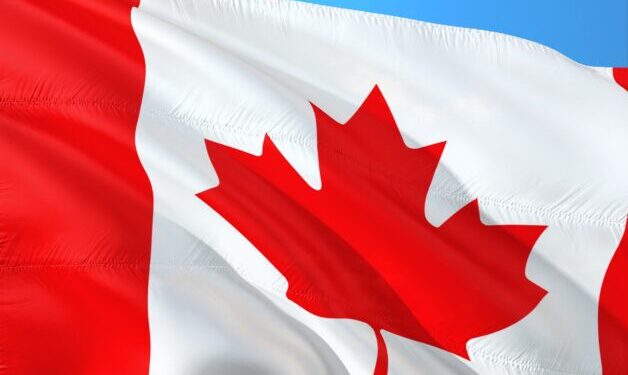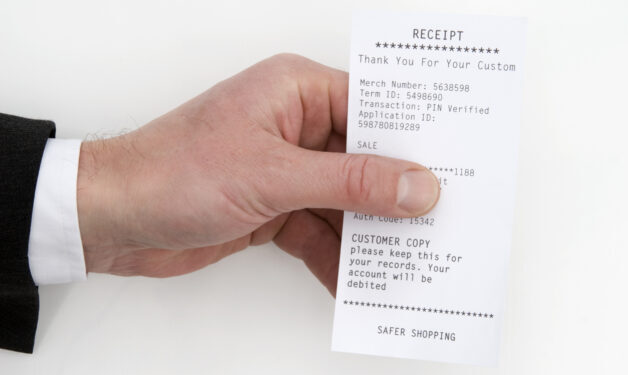A July 31, 2024, Tax Court of Canada case reviewed whether payments made by a corporation in 2013 and 2014 of $24,249 and $41,680, respectively, were taxable as shareholder benefits on the basis that they were for the personal expenses of the shareholder. The Court also reviewed whether payments of $13,693 and $28,131 in 2013 and 2014 were taxable to the shareholder as indirect payments on the basis that they were made on behalf of the shareholder’s son for personal mortgage payments and day-to-day expenses. The taxpayer argued that all these payments constituted non-taxable shareholder loan repayments.
Starting in 2001, and continuing over several years, the taxpayer loaned a newly incorporated entity, of which the taxpayer and his spouse were shareholders, over $600,000. The loans enabled the corporation to acquire and operate a tire/auto detailing business managed by the taxpayer’s son. As the corporation could not afford a professional to prepare the corporation’s tax returns, the taxpayer compiled the returns, although he had no accounting training other than a personal tax preparation course he took 40 years prior. In 2018, the corporation ceased operations due to financial problems.
Taxpayer loses – shareholder benefit
The Court acknowledged that the taxpayer had made a bona fide loan to the corporation. However, the Court observed that payments the taxpayer received from the corporation were not properly recorded via a debit entry to the shareholder loan account as a repayment of the shareholder loan. The taxpayer argued that he did not know how to record payments for personal expenses in the shareholder loan account. The Court found that this was not a sufficient reason for not debiting the shareholder loan account for the repayments of the shareholder loan. The Court noted that the choice was to pay for professional assistance for the books and records or learn how to do it properly, neither of which the taxpayer selected. The shareholder benefit income inclusion was upheld.
Taxpayer loses – indirect payment
The Court noted that all of the following conditions were met in respect of payments to or for the benefit of the taxpayer’s son:
- the payments were made to a person (the son) other than the reassessed taxpayer (the shareholder);
- the allocations were at the direction or with the concurrence of the reassessed taxpayer (the shareholder);
- the payments were made for the benefit of the reassessed taxpayer (the shareholder) or for the benefit of another person (the son) whom the reassessed taxpayer wished to benefit; and
- the payments would have been included in the reassessed taxpayer’s income (the shareholder’s income) if they had been received by them.
The taxpayer was, therefore, required to pay tax on the indirect payments benefiting his son.
Ensure that all loans to a corporation and associated repayments are properly recorded in the books and records of the corporation.









